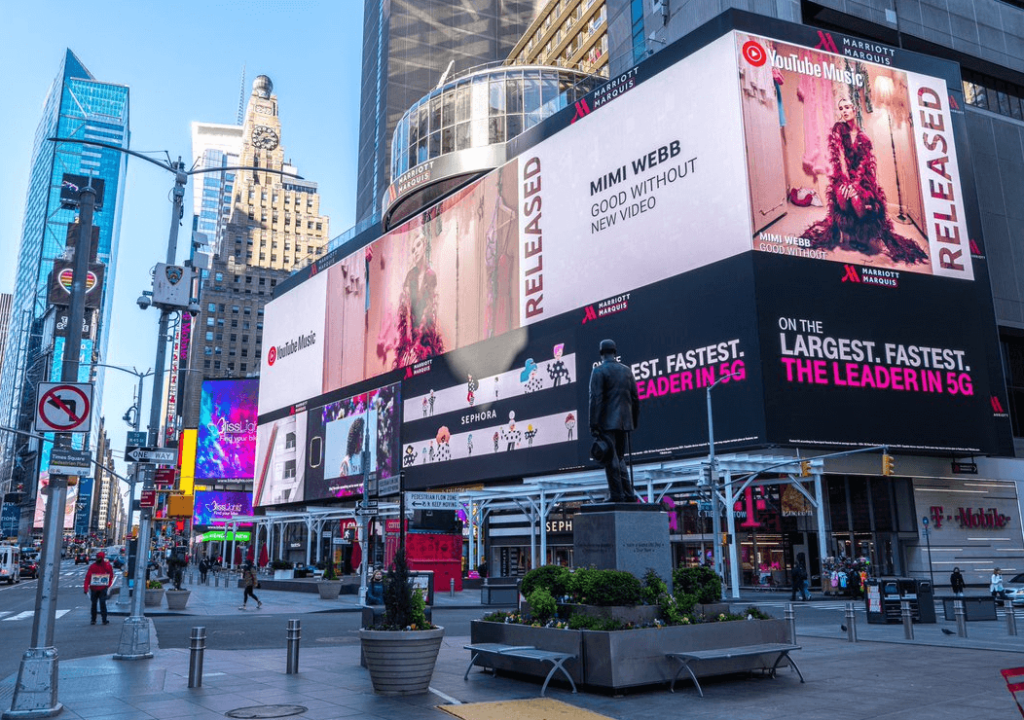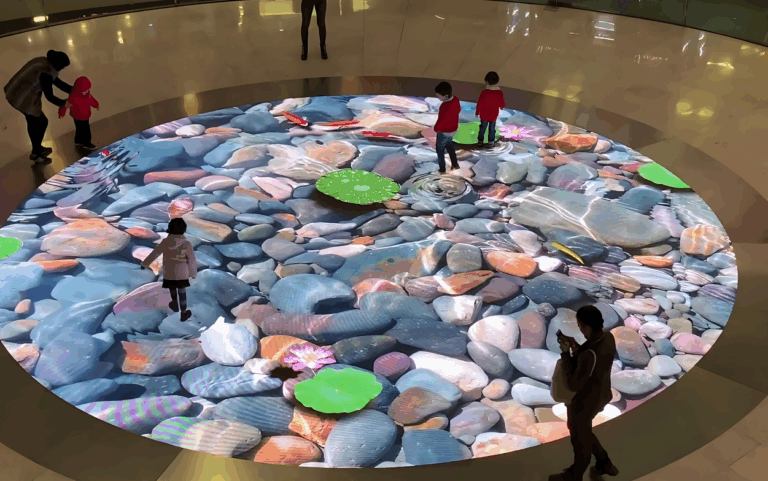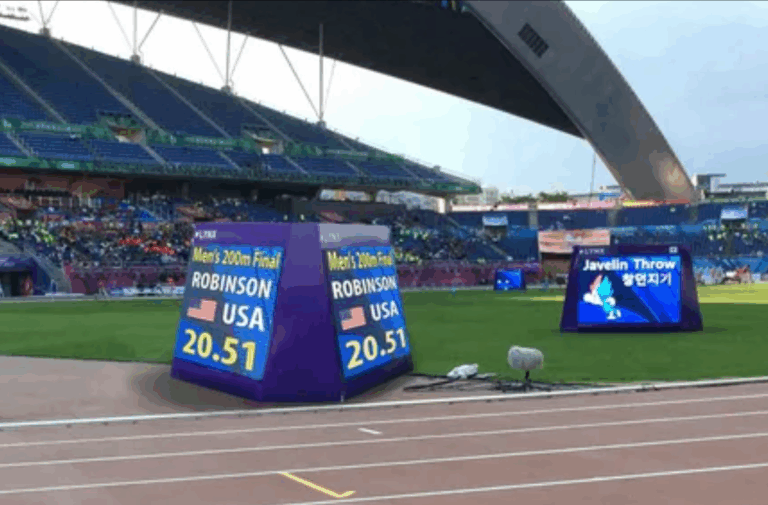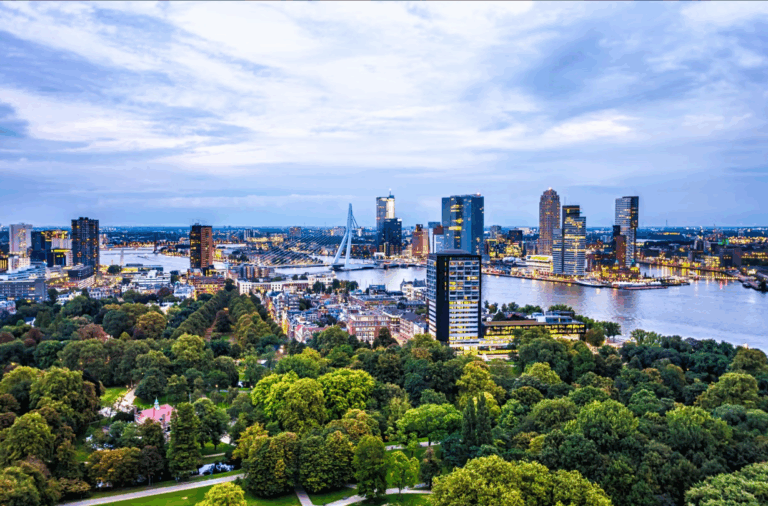Driven by modern technology, LED technology has become a shining pearl in the display field. Indoor LED walls and outdoor LED walls, as outstanding representatives of LED technology, are increasingly becoming important elements widely used in business, entertainment and cultural fields. However, the difference between indoor LED walls and outdoor LED walls is not a simple “indoor and outdoor” difference, but involves a series of differences in technology, design and application, which also make them play completely different roles in different scenarios. Do you want to understand the technological evolution of LED screens?
What is the difference between indoor and outdoor LED walls?
Protection level
Indoor LED walls: Usually do not need to have a high protection level because the indoor environment is relatively mild and there is no need to protect against natural influences such as wind, rain, sunlight, etc.
Outdoor LED wall: must have a high level of protection to withstand harsh outdoor weather conditions, such as rain, sunlight, cold, etc. They are usually waterproof, dustproof, sunproof and other properties. Take you 5 minutes to understand the LED IP protection level.
Protective measures
Indoor LED wall: Generally no special protective measures are required.
Outdoor LED wall: Protective measures need to be taken, such as lightning protection, waterproofing, dustproofing, etc. to cope with the complex and changeable outdoor environment to ensure long-term stable operation of the equipment.
Display effect
Indoor LED wall: The display effect is usually required to be high, with high definition, high brightness, high color reproduction and other characteristics.
Outdoor LED wall: It needs to have higher brightness to cope with sunlight, and it also needs to have stronger anti-interference ability to cope with the complex outdoor environment.
Perspective
Indoor LED wall: The viewing angle is usually larger to accommodate viewing needs from different angles.
Outdoor LED wall: It needs to have a smaller viewing angle to reduce the scattering of light and make the image clearer.

Structural design
Indoor LED wall: The structure is relatively simple, and the main considerations are appearance and heat dissipation design.
Outdoor LED wall: The structure is more complex, waterproofing, sun protection, wind protection and other factors need to be considered, and usually has a stronger shell to cope with bad weather.
Installation method
Indoor LED wall: usually installed using ceiling, wall hanging and other installation methods.
Outdoor LED wall: Installation methods such as waterproof boxes are required to ensure that it can work properly in the outdoor environment. Here are some installation methods for installing LEDs.
Efficiency
Indoor LED walls: Relatively low energy efficiency requirements.
Outdoor LED walls: Higher energy efficiency is required to ensure effective control of energy consumption during long-term operation outdoors.

Temperature control
Indoor LED wall: Generally, the temperature requirements are not strict, and the heat dissipation design is relatively simple.
Outdoor LED wall: A more complex cooling system is required to ensure the normal operation of LEDs in high or low temperature environments.
Brightness
Indoor LED wall: The brightness requirements are relatively low because the general lighting conditions indoors are relatively good.
Outdoor LED wall: needs to have high brightness to be clearly visible under outdoor lighting conditions, especially during the day when the sun is strong.
Cost
Indoor LED walls: usually relatively low cost.
Outdoor LED wall: The cost is relatively higher because it requires more complex design and protection measures.
Generally speaking, the difference between indoor LED walls and outdoor LED walls is not only different in physical structure, but also reflected in many aspects such as application scenarios, visual effects and durability. Whether you are pursuing a high-quality indoor look or feel, or need to show a vivid picture in outdoor conditions, choosing the right LED wall is crucial. In the future, with the continuous development and innovation of LED technology, we can expect even more outstanding performance of indoor LED walls and outdoor LED walls in their respective fields.





